Visual content as a tool for advocacy: Arvind Jain
Authored by Arvind Jain, CEO at NetBiz Systems Pvt. Ltd.
NetBiz is a thriving multifaceted operational entity offering integrated services ranging from advertising to media and experiential marketing across various verticals. Arvind's ambition is to make NetBiz one of the world’s leading and most valuable digital marketing agencies. NetBiz has grown from just 20 people to a team of 150+ members, all in a span of two years. Some of NetBiz’s current clientele includes business majors such as Shapoorji Pallonji, Godrej Properties, Kanakia Spaces, The Wadhwa Group, and Omkar Realtors.
In the 15 years in this industry, Arvind has worked with several blue-chip clients globally – some of these include Unilever, LG, UB Group, Arvind Brands, Titan, Godrej Group, Viacom18, ICICI AMC, PepsiCo, BBC, and ING Vysya.
The uses and importance of visual content including photography, videography, infography, illustrations, designs, and semiotics transcend normal perception. The digital age accepts that text-based content has an integral role in marketing. However, it demands more than the mere blocks of alphabets and words. An effective content marketing campaign requires visuals that people have innate psychological resonances with.
The phrase ‘a picture is worth a thousand words’ has factual backing to it. About 90% of the information that comes to the brain is visual and 65% of people are visual learners. The brain also processes such information 60,000 times faster than text. There is an undeniable power that visuals hold, the research of which can tip the scales in favour of businesses during marketing campaigns.
The buoy amidst the sea of noise
Marketer Jeff Bullas has cited that articles with images get 94% more views than those without. People’s attention spans have significantly reduced thanks to oversaturation of digital content and increased internet consumption. They are likelier to finish reading a post or article when paragraphs are split up by some engaging images.
A brand must have a definitive pattern in how content is portrayed – including style, matter and format. It is best to use original images in an article, blog, tweet or post as they provide a personal touch to a marketing campaign. There should also be consistency in filters, font and watermarks (logo, hashtag or tagline) for all images in order to create a brand style. Even a slight deviation from the brand colours can cause fluctuation in the perception of consumers. It is ideal to stick to the same patterns to instill mental images of the brand in their minds. According to the Missouri University of Science and Technology, it takes less than two-tenths of a second for an online visitor to form a first opinion of a brand once they’ve pursued a company’s website.
It is important to understand that images are impactful. They persuade, motivate, mesmerize, and enthrall. Research reveals the psychology behind colours –
- Black – authority, power (Audi, Calvin Klein)
- Yellow – fun, joyous and optimistic (McDonalds)
- Orange – cheerful and inviting (Soundcloud, Fanta)
- Red – emotionally intense (Coca cola)
- Blue – tranquillity and loyalty (Visa, Samsung)
- Green – nature and refreshing (Starbucks, Carlsberg)
Psychologists suggest that colour impression accounts for 60% of the acceptance or rejection of a company’s product or service. Hence, it becomes pivotal for companies to choose colours that represent their marketing strategies, the feelings they want to impart, and the actions they want their consumers to take.
Videography
Videos are immensely beneficial for presenting the problem-solution story that products or services can solve. They can create a massive impact on any marketing campaign through good concepts, stories, direction, and music. They are also proof that a brand is willing to go the extra mile in terms of quality.
A study by Digital Sherpa revealed that 100 million internet users watch online videos every day. Another study by ZenDesk observed that 90% of online shoppers say they find video helpful in making shopping and buying decisions. Thus, effective scripts on relevant topics with a healthy blend of information, entertainment and appeal can be pivotal in increasing brand recognition. For instance, the Mahindra Group’s take on the misconceptions around girl education resonated in and around the country. The video gives a positive perspective to the popular phrase ‘ladkihaath se nikaljayegi’ in a conversation between a girl and her father. It rejects the society’s patriarchal mindset and encourages girls to soar above and beyond.
Another route that marketers are exploring is a collaboration with YouTube channels and Vloggers. This approach attributes both visual branding and traffic to the brand. It is effective because these campaigns invigorate the existing branding work and push the target audiences across the line by educating consumers and driving conversion at a single opportunity. For instance, Shitty Ideas Trending (SIT) recently collaborated with Transcon Developers to market their Tirumala Habitats residential tower in Mumbai. The video garnered nearly 7,50,000 views on the SIT channel on YouTube. The video showed the dilemma faced by newly married couples when shifting to new residential properties while marketing Tirumala Habitats as an ideal option at the same time.
Visual content, therefore, has a powerful influence on lifestyle, habits and relationships in the lives of individuals through web series, ads, fashion trends, social causes etc. It elevates the marketing and social campaigns to another level entirely.
In conclusion
The power of images, video, and music involves humanness amidst the commercialization and mechanization of products and services. The most successful brands are those that form an intense relationship with their target audiences. By resonating with people, high-quality visual content can take brand recognition and reputation to unimaginable heights. Companies would thus do well to first recognize the power that visual content possesses. Only then can they communicate their philosophies to the target audiences in an effective and impactful manner.




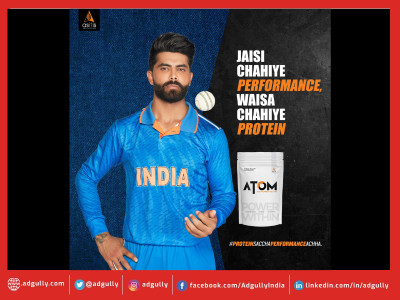


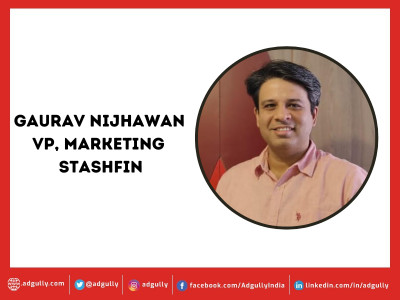

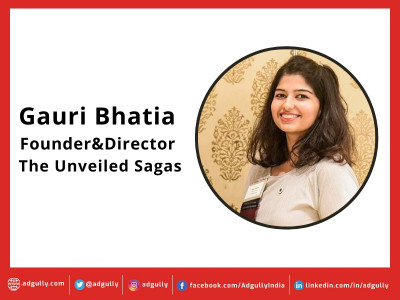


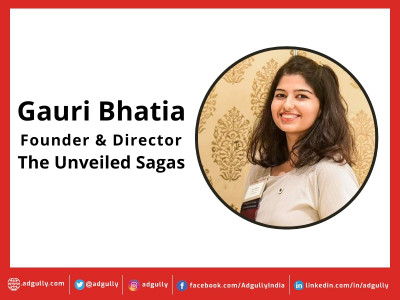
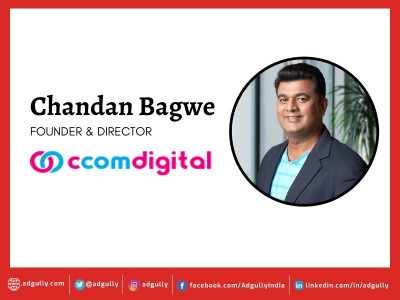
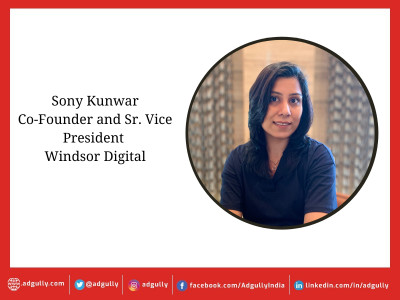


Share
Facebook
YouTube
Tweet
Twitter
LinkedIn